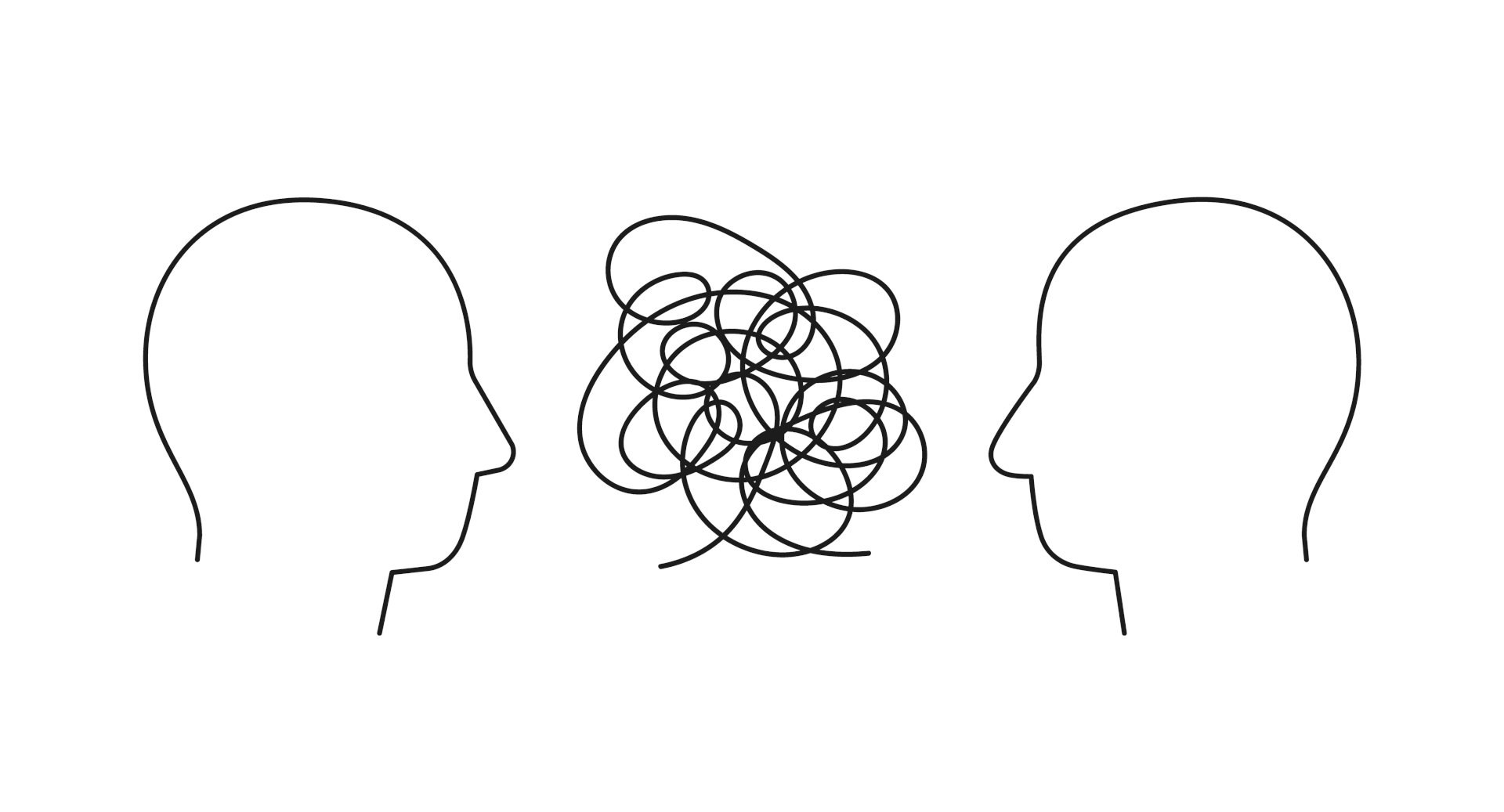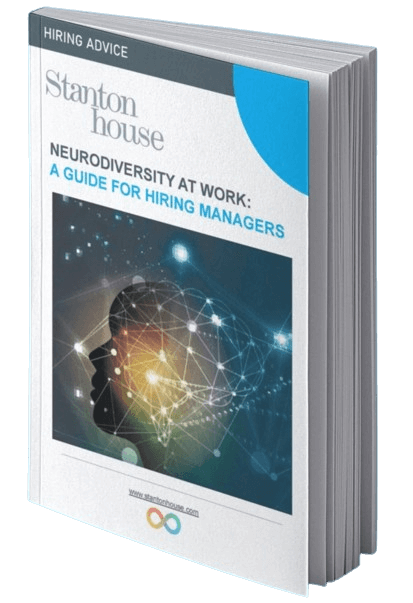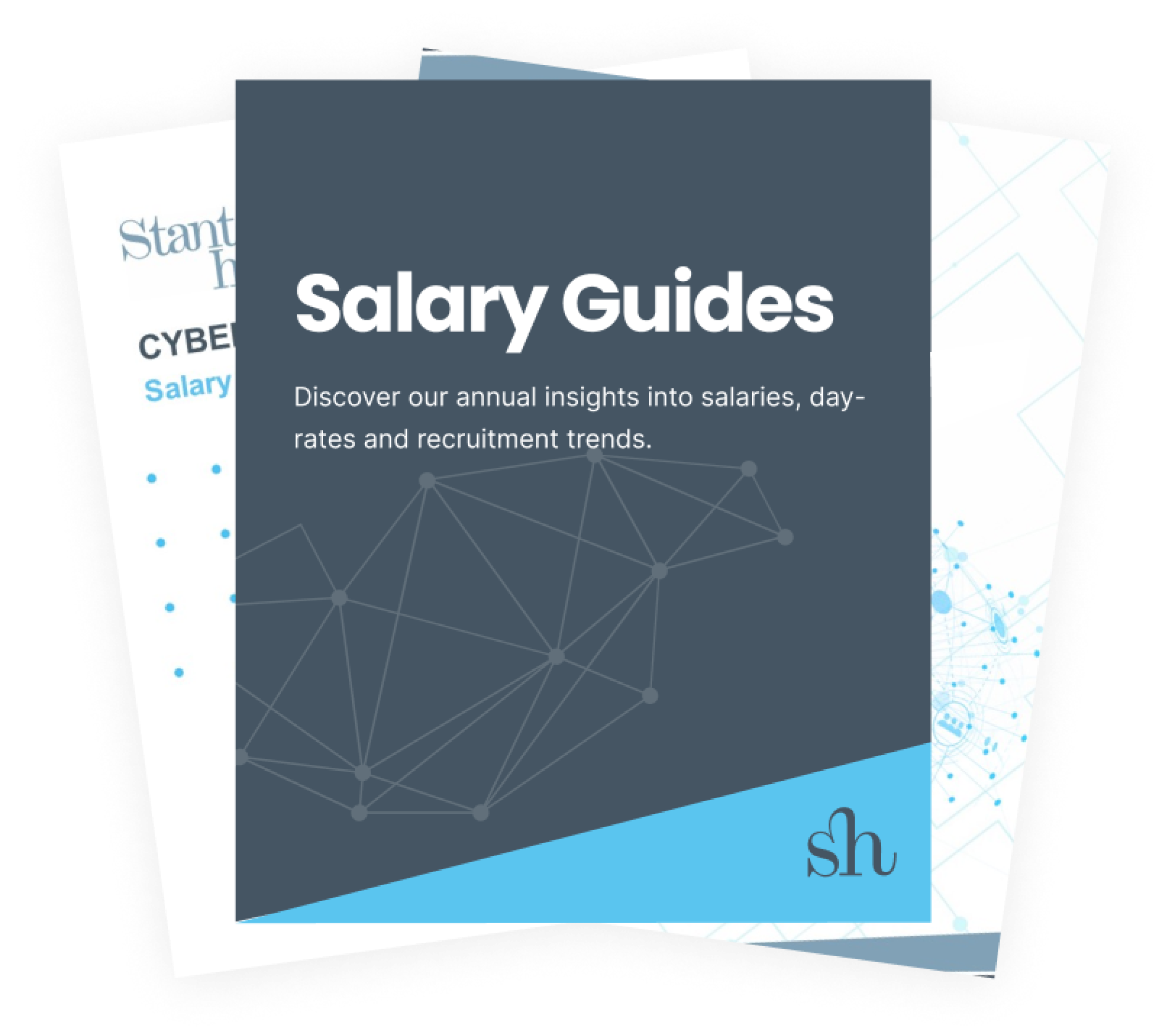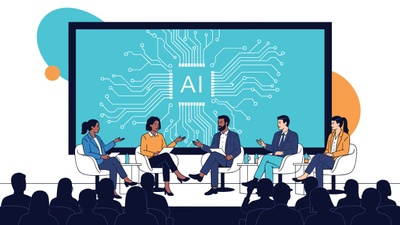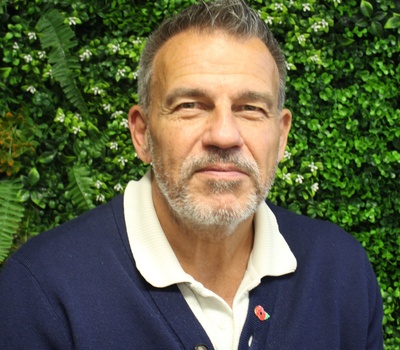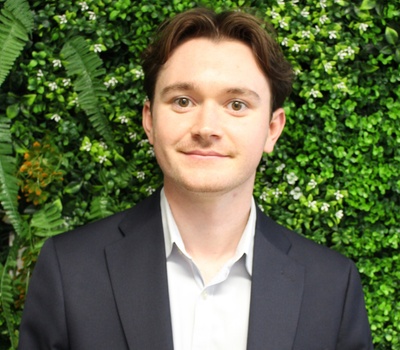
Beyond the Gaze: Why Your Best Candidate Might Not Look You in the Eye
With Neurodiversity Celebration Week only just behind us, I wanted to address a few LinkedIn posts I’ve seen recently about the importance of idle chit-chat and good eye contact when interviewing for a job. They went something like this…
“I love having the inconsequential small talk to humanise the conversation.”
“It is important for candidates to know that their communication skills are always being assessed throughout the recruitment process.”
“I was always taught that it is just plain rude not to look someone in the eye.”
“Small talk is part of any conversation and is part of the assessment.”
In the realm of interviews, eye contact has long been regarded as a key indicator of confidence and communication skills. Similarly, in a lot of cultures, the aptitude for engaging in casual conversation and establishing rapport through 'small talk', before getting directly to the matter at hand, is often used to assess an individual’s capacity to develop professional relationships.
The overlooked perspective
However, our societal bias towards these norms often overlooks the unique experiences of individuals with neurodivergent conditions such as Autism Spectrum Disorder (ASD), Attention Deficit Hyperactivity Disorder (ADHD), and Sensory Processing Disorder, for example.
My eight-year-old son has been diagnosed with all these neurodevelopmental conditions, so as you might imagine this is a topic very close to my heart. Like many on the spectrum, he displays lots of repetitive behaviour, is hypersensitive to both sound and touch, often gives no eye contact (or sometimes too much eye contact!) requires a longer amount of time to process information and responds best to very direct communication/instruction.
He finds transition from one environment to another very challenging and he can’t cope with any waiting around. In particular, he becomes very anxious when he doesn’t understand what is going to happen next and struggles with changes to routine or unexpected events.
It has been a huge learning curve for our whole family. We’ve had to learn what triggers his anxiety and make continuous adaptations to the way we live and to his environment - all to help him cope with the world around him.
You can hear more about my lived experience as a parent to a neurodivergent child, here, in the Human Inclusion Podcast, where I was interviewed by Paul Anderson-Walsh from Enolla Consulting.
While my boy is non-verbal and communicates without speech, it's important to note here that autism, much like all neurodivergent conditions, is a disorder of variable severity and no one person presents in the same way. This means there is a spectrum of strengths and challenges which centre around communication, social interaction, cognitive understanding, sensory processing, repetitive behaviour and focus.
And some individuals do struggle with eye contact for several different reasons, including:
Sensory Overload: Direct eye contact can be overwhelming for individuals with sensory processing differences and it may trigger sensory overload, causing discomfort or distress.
Difficulty Processing Social Cues: Some neurodivergent individuals struggle to interpret social cues accurately, including those conveyed through eye contact. Avoiding eye contact can alleviate the pressure of deciphering these cues, making social interactions less stressful.
Anxiety and Discomfort: Eye contact is often associated with social expectations and intimacy. Neurodivergent individuals may experience anxiety or discomfort in social situations, leading them to avoid eye contact as a coping mechanism to reduce stress.
Focus and Attention: Maintaining eye contact requires cognitive effort and can detract from an individual's ability to focus on verbal communication or other tasks. Neurodivergent individuals may prioritise processing information or maintaining focus over making eye contact.
In certain cases, professionals have found innovative solutions, such as utilising avatars on platforms like Teams and Zoom, to mitigate discomfort associated with direct eye contact. In fact, at Stanton House, we’ve worked with some highly successful business owners who have preferred to hold meetings with us like this.
By obscuring their faces with avatars, these individuals can participate more comfortably in virtual meetings, allowing them to focus on their contributions and interactions without distraction or anxiety.
This should give you some indication of how overwhelming a traditional, face-to-face interview, that requires lots of eye contact, that starts and ends with a handshake, might feel for some individuals on the spectrum!
Now it is unlikely that my son will ever be able to work but there are so many neurodivergent individuals, who are better equipped to enter the professional world, that still face many barriers when it comes to getting and keeping a job. It is clear to me that the conventional interview process can be one such barrier.
The bias in interviews
“I recently had the privilege of speaking with an outstanding Chief Information Security Officer. Within moments, he candidly mentioned that his communication style tends to be exceptionally direct, a characteristic influenced by his autism. His intention was to pre-empt any misinterpretation of his straightforwardness as rudeness. This disclosure allowed me to accurately showcase his exceptional skills to potential employers while ensuring that his communication style did not become a barrier when interviewing.” Henry Yeomans, Executive Vice President, Stanton House.
The discrepancy between societal norms and neurodivergent experiences (particularly when a condition is not disclosed) often leads to misunderstanding and exclusion in the hiring process. Ultimately, this bias may even result in overlooking the best candidate for the job!
We seem wedded to the idea that interviewing is the best way to test someone’s skills. This is simply not true, and an interview may not always be the ‘be all and end all’ to test whether someone is good at a certain job.
It is important for hiring managers to be aware of their own biases regarding the communication style that they prefer and of the bias inherent in the interview process itself.
Job design: A path to inclusivity
While I don’t disagree that a traditional interview can't be a great way to assess a candidate’s suitability for a job – it certainly isn’t the only way or necessarily the best way either. I believe it all starts with job design.
To create a more inclusive assessment process, hiring managers should shift their focus from traditional markers of communication skills to a more holistic evaluation of candidates' abilities and potential contributions to the team, applying a skills-first approach.
When we start hiring, often our first thought is, ‘who would be suitable for this role?’ Rather than, ‘what skills are needed for this role?’
For example, if the role is not customer-facing is good eye contact really a ‘must-have’ to be effective in the job?
This might sound like a logical shift to make, but this is made difficult by the fact that we all have preconceptions that influence the type of employee that we rate as effective and good.
We don’t always take the time to step back and truly consider if we are assessing a candidate’s skills or personality. Continually pulling yourself back to consider your biases and whether you’re truly hiring for skills takes time and commitment.
Top tips for employers
1. Check that your assessment and shortlisting methods are appropriate to the role in question. Offer alternative interview formats, such as written assessments or video submissions, to accommodate different communication styles. Ask yourself what is truly needed for the job and assess that.
2. Remember what skills are relevant for the specific role that you’re interviewing for. Is perfect writing necessary? Are excellent communication skills essential? Avoiding eye contact, stuttering and a lack of small talk might stand out in interviews, but if the candidate won’t be customer-facing, consider if this really matters.
3. Ensure that the interview process considers different communication styles and preferences, such as providing a quiet space for candidates who may find it difficult to concentrate in a noisy environment.
4. If possible, offer candidates the option to be interviewed face-to-face or virtually (over video call) for the first meeting.
5. Be very clear about the format of the interview, including how long the interview will last, where it will take place and who will be on the panel. In general, avoid surprises during the process and ensure distraction-free surroundings.
6. Make it standard practice to ask candidates whether they have any requirements around accessibility or the environment to ensure you provide the best interview experience. Simply asking ‘how can I make the experience the best it can be for you’ is a great place to start.
As we strive towards building more inclusive workplaces, it's crucial to recognise the limitations of traditional interview processes and actively work towards accommodating the diverse needs of neurodivergent individuals. By redefining our approach to eye contact and communication skills, we can create a more equitable hiring process that empowers all candidates to showcase their full potential.
Download your copy of our guide to Neurodiversity at Work. Explore the strengths and challenges of those with different neurodevelopmental conditions such as Dyslexia, Autism Spectrum Disorder (ASD) and Attention Deficit Hyperactive Disorder (ADHD). Ensure your hiring processes are inclusive to neurominorities and discover some of the practical interventions you can apply throughout the recruitment process including:
Job design & person specification
Job advert
Job application process
Assessment & shortlisting
Interviewing Onboarding & embedding

